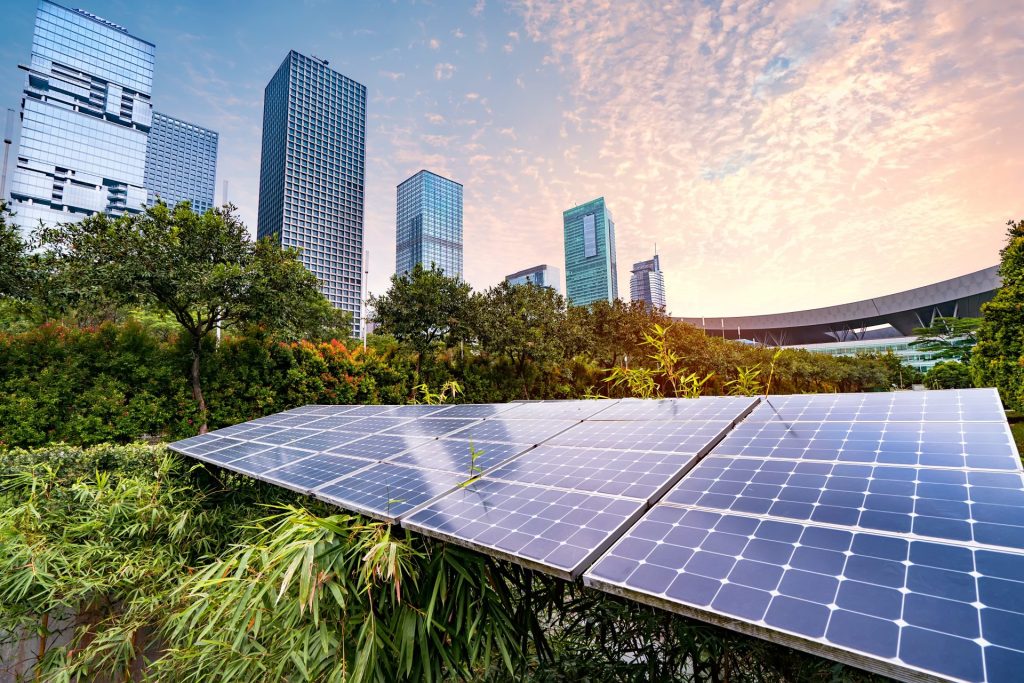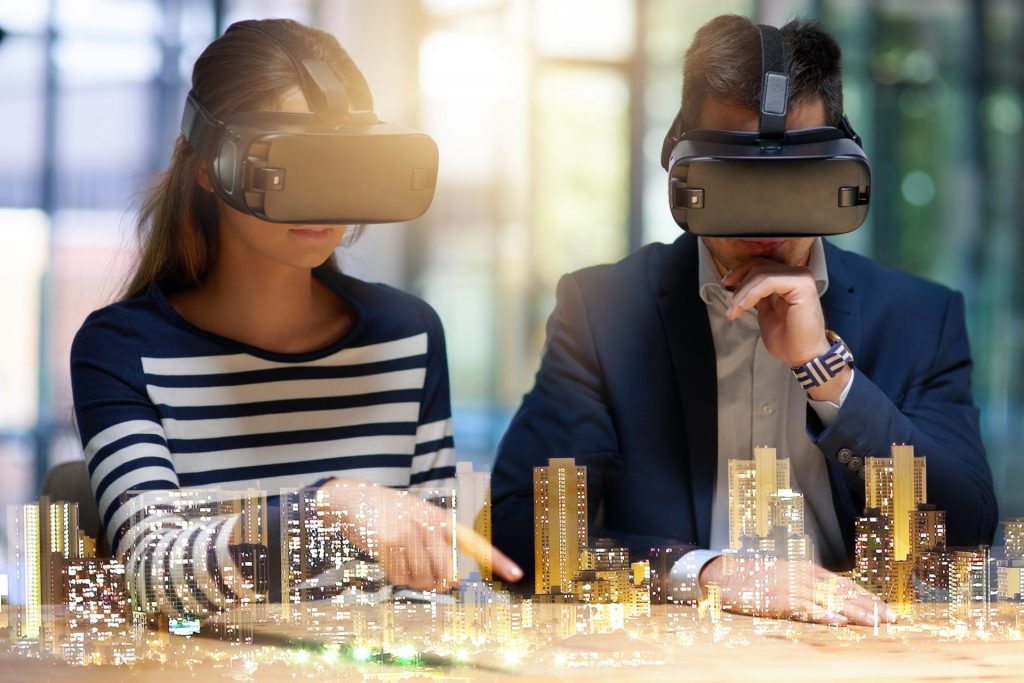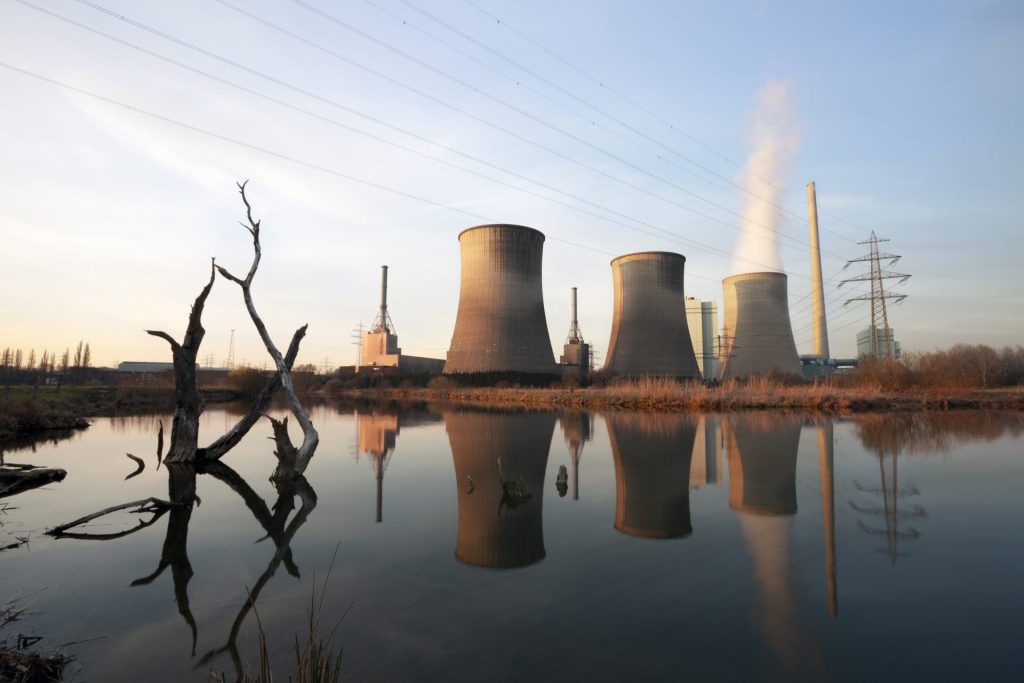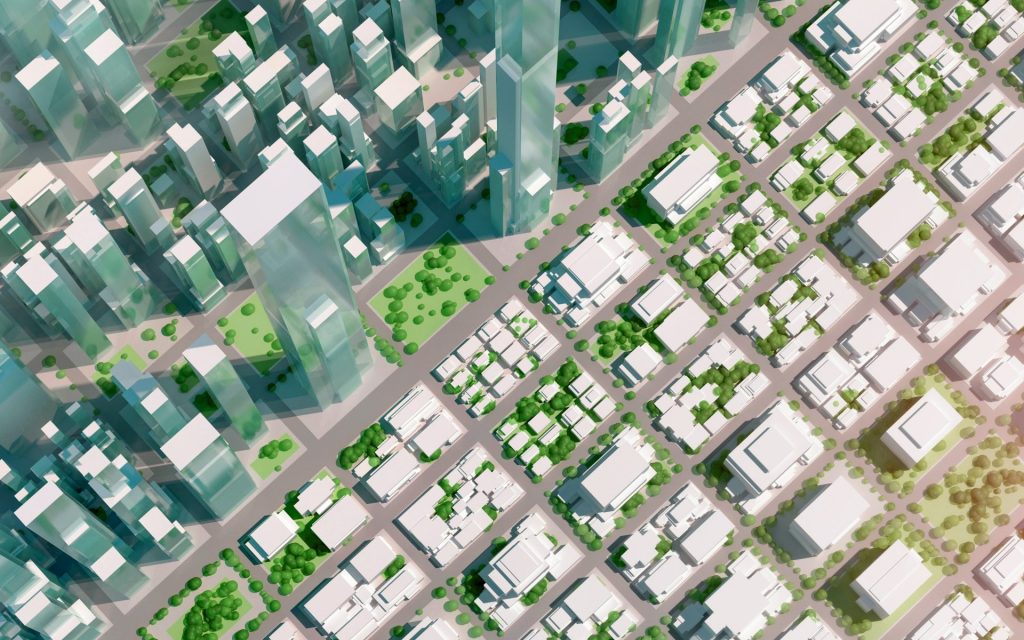In our first conversation with the APMA’s Colin Dhillon, Ananda Arasu and I talked about Society 5.0 and its implications for technology and design.

We had the chance to talk with Colin again about smart cities, the future of mobility, and how we can get closer to a more sustainable, ethical future with (not despite) new technologies.
Listen to the full conversation here:
It should come as no surprise that the term “smart city” has shifted in light of the global pandemic. As the conventional ways of working shifted across industries, our sense of connected surfaces (mobility, infrastructure, data) shifted as well.

So when we talk about “smart cities” moving forward, we’re not just talking about power grids, Wi-Fi connections, clean water. We’re also talking about how all of these components drive innovation.

Smart cities are also – *should* be also – deeply connected to sustainability: zero carbon, high-energy efficiency buildings, environmentally-friendly water disposal. Digital technology has the capacity to explore better ways to produce, track, and store power. Another avenue of real potential lies with the use of “digital twins”: having real-time virtual models of actual objects.

Technology can’t do this on its own. It takes us, municipalities, OEMs, etc. being genuine stewards of the lands we live on. As more and more populations move into urban areas, emissions and energy uses go up. Clean technologies and a stewardship mindset are going to be critical for how we navigate those changes.

And that’s where designers have a central, critical role. Creating accessible, safe, and sustainable products raises the bar for designers: it’s not only about creating what’s “cool” or “cutting edge.” It’s an ethical aspect to design that is a designer’s responsibility. But we can’t wait until people are in college to learn about ethical design. We’ve got to start sooner, with an ethical education grounded in ideas of accessibility, sustainability, and the human experience.

For the full conversation, click on the podcast player at the top of this post.
Stay tuned for our next episode with Colin, where we’ll go deep on ethical design and its implications for the future.
For more stories like this, check out Part 1 of our Project Arrow feature or take a look at our “Stories from the future of making things.”
For updates and the latest news, subscribe to the Autodesk Design Studio blog and our Alias and VRED YouTube channels. You can also follow us on Facebook.